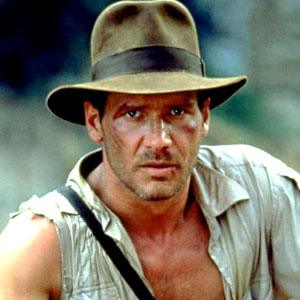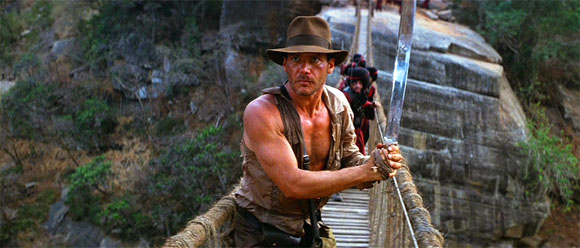
Joseph Campbell describes the goddess as the woman who gives meaning or purpose to the hero's journey.
Throughout all three Star Wars movies (
IV,
V, and
VI), it is blatantly obvious that Leia is the goddess to both heroes, Luke and Han.
Both men fall for her, and it is this burning love that drives them to defeat the empire.
However, in Return of the Jedi, Leia’s role as the goddess is given new meaning.
Luke now feels the need to defeat the empire for a whole new reason – he is trying to save his sister.
Darth Vader had mentioned nothing of Leia when he revealed his true identity to Luke, implying that he had no idea about Leia.
This gave Luke even more fervor, because now it was his responsibility to keep Leia’s existence secret.
If the force ran strong in both him and his father, the force must surely be strong within Leia too, and he couldn’t let the Emperor try to capture her and use her for his own gain.
Luke even goes off on his own to fight Vader, so that he can try to save him, but also so that he can end this war once and for all.
Likewise, ever since Han and Leia declared their love for each other, she has been the constant spark that keeps Han going.
When they land on Indore, and they all split up to find the storm troopers, Han freaks when Leia doesn’t return with Luke.
He is determined to find her, even if it means putting their plans on hold for a while.
This search ultimately ends in their being captured and brought to the
Ewok village, where fortunately Leia is already residing.
Han’s need to find Leia drives this string of events, which culminates in them defeating the Imperial Military, because the Ewoks have come to save the day.
However, Leia could also be seen as the hero's temptress. In Return of the Jedi, Leia and Luke are the ones who save Han from Jabba. This has to be slightly jarring for Han, seeing as he is the one who usually does most of the saving. He also sees Luke and Leia together and comes to the completely wrong conclusion that they are in love. Part of his mind has to be thinking that while he was frozen, Leia left him for Luke. This is something he must overcome, because they have yet to defeat the Empire. Luckily for Han, though, Leia sets him straight.










































